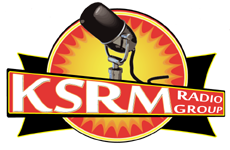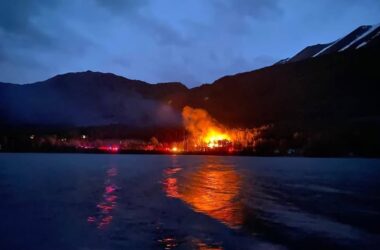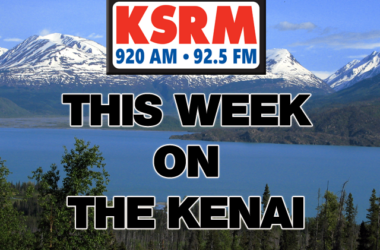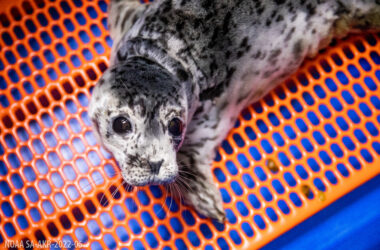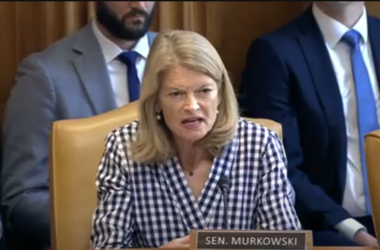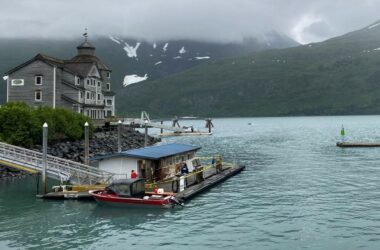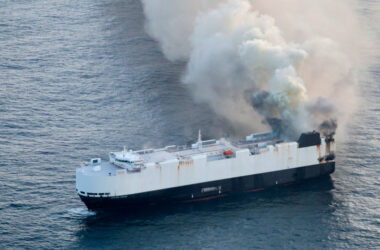The Alaska Department of Fish and Game announced in a late-Wednesday release that they are closing sport fishing for king salmon on the Kenai River and in marine waters of Cook Inlet, north of Bluff Point. They are also closing all commercial set net fisheries on the east side of Upper Cook Inlet effective 12:01 a.m., Friday, July 24.
The closures are taking place because the Department is not projecting to meet the minimum escapement goal for late-run Kenai River king salmon. They claim that the low escapement numbers enact a closure because of the management plan for the Kenai River, in order to sustain king salmon for future fishing.
The optimal escapement goal for late-run king salmon is 15,000 to 30,000 large king salmon. Through July 21, a little over 4,500 large king salmon have passed the river mile 13.7 king salmon sonar. The midpoint of the late run is historically around July 26. In-season projections for 2020 estimate an escapement of approximately 12,700 large king salmon under the current management strategy.
Without further restrictions to harvest and effort, the optimal escapement goal for Kenai River late-run king salmon is not expected to be achieved.
As specified in the management plan, if the projected late run escapement is less than 15,000 large king salmon, the department shall close the sport fisheries in the Kenai River and the salt waters of Cook Inlet north of the latitude of Bluff Point to the taking of king salmon.
In the Department of Fish and Game’s release, they acknowledge the cost and hardship these closures will cause many individuals and businesses, but say they have to take the actions to ensure the sustainability of the resource.
Drift gillnetting is not allowed within one mile of the shoreline north of the Kenai River, and drift gillnetting is not allowed within 1.5 miles of the shoreline south of the Kenai River. Saltwater king salmon fisheries north of the latitude of Bluff point will also be closed.
